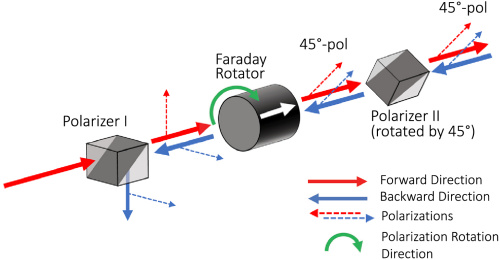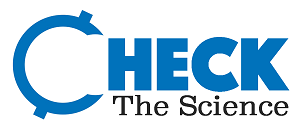Optical Mirror Glass

Optical mirror glass is a device that is designed to reflect light depending on the area of application, for example in beam steering, interferometry, imaging, or illumination. Optical Mirrors are used in a wide range of applications, such as life sciences, astronomy, metrology, and semiconductor. Depending on the choice of use and where the mirror is applicable, they come in different shapes, sizes, and configurations like flat, metal substrate, focusing, or specialty Optical Mirrors glass in a multitude of reflective coating options, including Protected Aluminum, Enhanced Aluminum, Protected Silver, Protected Gold, or Dielectric. Choosing the proper reflective coating option ensures high reflectivity of the needed wavelength or wavelength range. The surface of a mirror sometimes is not flat as some are convex, concave mirrors and flat mirrors.
Features Of A Mirror
- Dielectric mirrors have a limited range of angles of incidence, particularly
- When using use with high-power lasers, the optical damage threshold may be of interest especially when it is used with pulsed lasers, as these tend to have high peak powers because it is specified for nanose
- cond pulses
- The surface flatness of laser mirrors are specified in wavelengths
- The specific reflectivity works at a specified wavelength range
- The mirror reflection phase depends on the wavelength and direction of polarization
- The reflectivity is also affected by the angle of incidence
Types Of Optical Mirror Glass
Dielectric Mirror Coating
This is the most common type of mirror coating in laser technology and general optics, it comes with multiple thin layers of the dielectric coating. Dielectric mirrors are usually made as first surface mirrors, which means that the reflecting surface is at the front surface so that the light does not propagate through some transparent substrate before being reflected. At Alpine research optics, there are high grade optical fiber light sources.
Metal-coated Mirrors
This mirrored coating is the most common type of mirror Coating, it comes with either silver coating, aluminum coating, gold coating, or any other metal. The metal-coated mirror glass consists of a glass that has its back covered with silver. The thickness of the coating affects the transmission and reflectivity of the mirror glass as mirror glass with a thin coating will have higher transmission and less reflectivity but mirror glass with a thicker coating will have less transmission and greater reflectivity. In laser technology and optic technology, more advanced types of metal-coated mirrors have been developed. The metal-coated mirror is coated with additional dielectric layers on top of the metallic coating to improve the reflectivity and protect the metallic coating against oxidation.
Variable Reflectivity Mirrors
Just as the name sounds, the variable reflectivity mirror have doesn’t have a uniform reflectivity across its surface as its variable reflectivity depends on the position of the mirror. It is also called graded reflectivity mirror and can be used in lasers with unstable resonators, also as variable optical attenuators.
Deformable Mirrors
This type of mirror is mostly used in adaptive optics for correcting wavefront distortions. The surface of this mirror can be controlled.
Curved Mirrors
While most mirrors have a flat surface, the curved mirrors have a curved surface that is either curving inward or outward, this is concave or convex or being in combination.
Dichroic Mirror
Dichroic mirrors are mirrors that have substantially different reflection properties for two different wavelengths in the same mirror. They are usually dielectric mirrors with a suitable thin-film design.
Phase-Retarding Mirror
This mirror is used to define the phase difference between S-polarized and p-polarized light beams.

